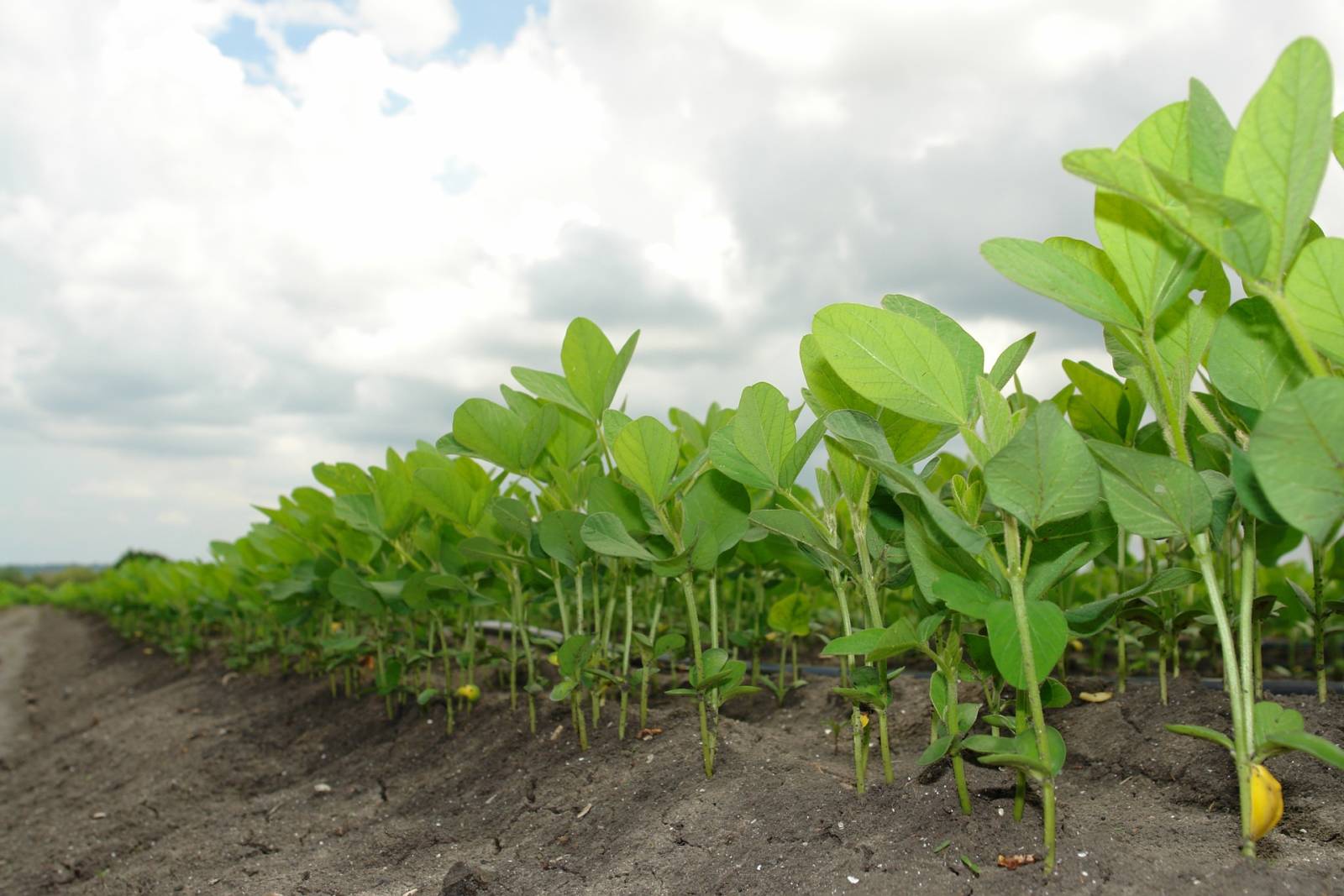Farming is a business like any other. It must evolve to meet changing customer needs.
U.S. soybean farmers are at the forefront of this evolution as they adopt innovative farming practices to grow a more sustainable crop. Just like Ford or General Motors make minor to significant changes to their cars and trucks each model year based on customer feedback, farmers do the same with their product.
One of the biggest areas of advancement in U.S. farming has been in sustainability. According to the 2016 Field to Market Report, which measures the sustainability performance of agriculture, U.S. soybean farmers produced significantly more soy with far fewer resources from 1985 to 2015 due to new technologies and better agronomic practices.
Indeed, soybean production increased by 120 percent during this period, while land use on a per bushel basis declined 40 percent; water used for irrigation dropped 32 percent; energy use declined by 35 percent and greenhouse gas emissions declined by 38 percent. Technology for sustainable soybean production can cover several practices, from drip-irrigation systems to precision agriculture. These tools can also give fields a yield boost.
These are a few of the new tools U.S. soybean farmers use to grow high-quality, sustainable soybeans:
Irrigation
Throughout the U.S., irrigating soybeans can improve water efficiency in areas where natural rainfall is limited, like the southern states of the country. In the Mississippi Delta, for example, soybean farmers are working with declining water levels in the nearby aquifer by implementing new irrigation techniques such as soil moisture sensors that allow for better timing of water use, to a software technology called Pipe Planner that ensures water reaches each field’s edge, these irrigation options can fit many different operations. Research from the Mississippi Soybean Promotion Board has shown that implementing certain irrigation practices can reduce water use by 47 percent. Not only is this good for the environment and farmers’ bottom lines, but it can also create better yields and more cost-efficient crops for customers.
Farming from Space
A newer tool for monitoring and improving on-farm sustainability is the Soil Moisture Active-Passive (SMAP) satellite, a joint initiative of the National Aeronautics and Space Administration (NASA) and the U.S. Department of Agriculture (USDA), which can help farmers better manage their crop. From 426 miles above the earth, the SMAP satellite measures the amount of water in the top layer of the soil everywhere on the planet.
USDA reports SMAP soil moisture data are a part of forecasting the weather, assisting natural disaster emergency response, recording climate patterns and predicting drought and water supply.
“We’ve seen impressive advances in our ability to produce crops on a given area of soil, but [farmers] have also retained susceptibility to climate events, particularly droughts that occur when there is inadequate soil water for crops,” says Wade Crow, physical scientist at the Agricultural Research Service’s (ARS) Hydrology and Remote SendingLaboratory in Beltsville, Maryland. “The idea is to better predict and monitor droughts so they don’t turn into food crises. Soil moisture is the most direct and earliest indication of drought.”
When farmers use SMAP data to determine if a drought is coming or how long it will be, they can better manage their water use and crop, choosing different soybean varieties as needed.
Starting at Harvest
Improving soybean quality from a composition standpoint is discussed a lot in the U.S., but harvesting soybeans in a way their quality is preserved is equally important.
Kelly Kravig, Case IH combine marketing manager, says that quality and quantity of grain produced is at the heart of their company.
“As the challenges and opportunities in agriculture grow, so do the demands placed on the combine,” he adds.
Certain Case IH combines are nowdesigned to minimize grain damage and reduce Material other than Grain (MOG) in the tank.
“The equipment is designed to provide smooth gentle grain on grain threshing with multiple pass threshing and separating in the rotor and cage,” says Kravig.“These harvesters can sense when the combine is on a slope and compensate for it by oscillating in all directions to improve machine productivity and get a cleanersample in the tank. They can also utilize a self-leveling cleaning system where the entire pan, sieves and fan levels to keep the machine capacity at peak performance to provide a cleaner sample.”
Keeping grain cleaner without added material at the harvest level saves producers and elevators money, and saves international customers from worry about foreign material in shipments from the U.S.
All of these options provide U.S. farmers with new ways to manage their crops from planting to harvest that can ensure not only a better product for customersbut also a more reliable farming process.
Sustainability can benefit all members of the soybean supply chain, and being open to new technologies and programs like these will help to continue to differentiate U.S. soybeans. U.S. soybean farmers use many different technologies to produce a top-quality crop.
To read about more of these technologies, click here.
